From Marilyn Monroe to Muhammad Ali, Andy Warhol’s portraits of the rich and famous are some of the most recognizable works of 20th-century American art.
Seen as a leader of the Pop Art movement, Warhol was also notorious for mingling with celebrities. Salvador Dalí, Bob Dylan, Grace Jones and David Bowie were associated with him and his famous Factory, the silver-lined studio where creative types of all genders and sexualities partied.
But beyond the downtown glamour, Warhol’s working-class beginnings had a profound influence on his art and outlook, a fact that is explored in a newly reopened exhibition, “Andy Warhol,” at Tate Modern in London.
Warhol’s success as an artist is often attributed to his ability to bring advertising motifs – soda pop bottles, Brillo boxes, celebrity faces – into the gallery world. And on display are some of his most famous works featuring consumer products, including the paintings “Green Coca-Cola Bottles” and “100 Campbell’s Soup Cans,” both made in 1962.
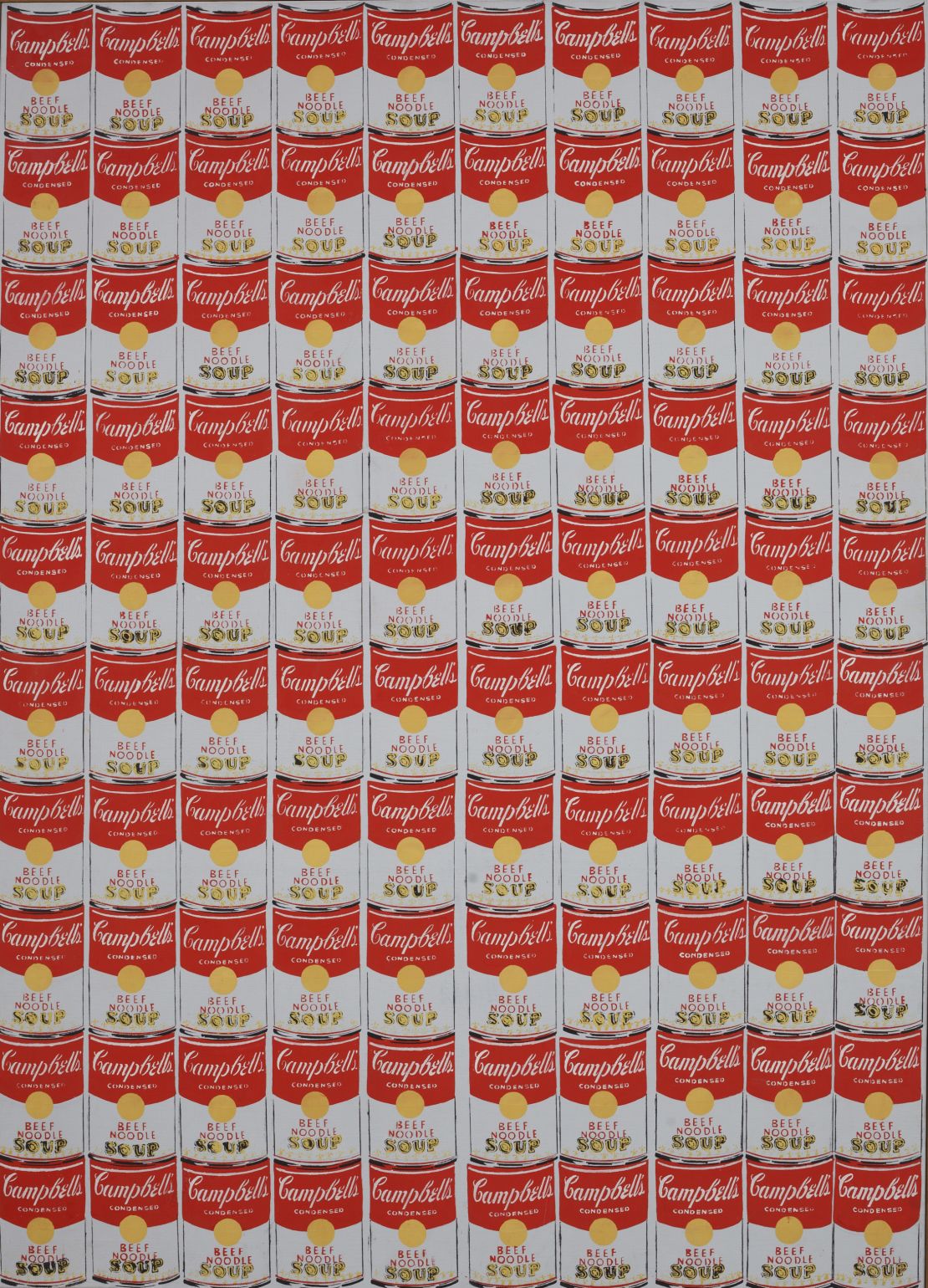
But, as with many ads designed to elicit desire, there was more to the story of why Warhol chose to depict seemingly trite subject matter. This exhibition sheds new light on how a childhood spent in poverty shaped his perception of the increasingly media-saturated world around him – convincingly showing that a revamping of the towering artist’s legacy is well overdue.
“This is a guy whose form of soup growing up was salt and pepper with a bit of ketchup. I don’t think he grew up with the luxury of Campbell’s soup,” said the show’s co-curator Gregor Muir over the phone. “I began to realize how much of the Warhol story is an immigrant story.”
Steel roots
Born Andrew Warhola to poor Slovakian immigrants in the steel-producing city of Pittsburgh in 1928, Warhol’s chances of making it in the art world were slim. Like several of the famous people he depicted – Monroe, Ali and Elvis Presley – he endured years of precarity before reaching superstar status.
In Warhol’s time, becoming a fine artist was easier for some, with “wealthier straight white male students,” enjoying a “profound advantage” over others, said art historian Anthony E. Grudin, author of “Warhol’s Working Class,” a 2017 book that explores in depth many of the themes touched on by the Tate exhibition.
And while Warhol had the advantage of being White and male, Grudin pointed out over a series of emails and phone calls with CNN that his “pronounced queer style and his visibly ‘ethnic’ background mitigated (these advantages).” According to sociologist Richard Sennett’s calculations, Grudin said, in mid-century America less than 1% of men “raised by manual laborers” would become “self-employed professionals” – and to become a fine artist was even rarer.
Those odds were increased no doubt by the fact that from an early age, Warshol’s construction worker father and embroiderer mother were supportive of the young artist’s talents. He majored in pictorial design at the Carnegie Institute of Technology and went on to forge a successful career as a commercial artist, moving to New York, dropping the ‘a’ from his last name, and designing ads for companies ranging from Tiffany & Co. to Mobilgas.
But he had his sights set on the world of fine art – and to make a splash, he needed to develop a unique style.
It’s all art
Before Warhol, commonplace items were not considered good enough for art, Grudin said. But for the artist, “anything could be art, for anyone, about anything.” And this visual world was directly connected to his background. The consumer goods, tabloid photos and Hollywood faces are a “working-class-coded iconography that is often misinterpreted as generically ‘American.’”
Around the mid-1950s, advertisers began targeting branded products to working-class consumers, “promising them access to a world of social mobility, where fixed classes were outmoded and status was as easy to attain as a can of soup…” Grudin writes in “Warhol’s Working Class.”
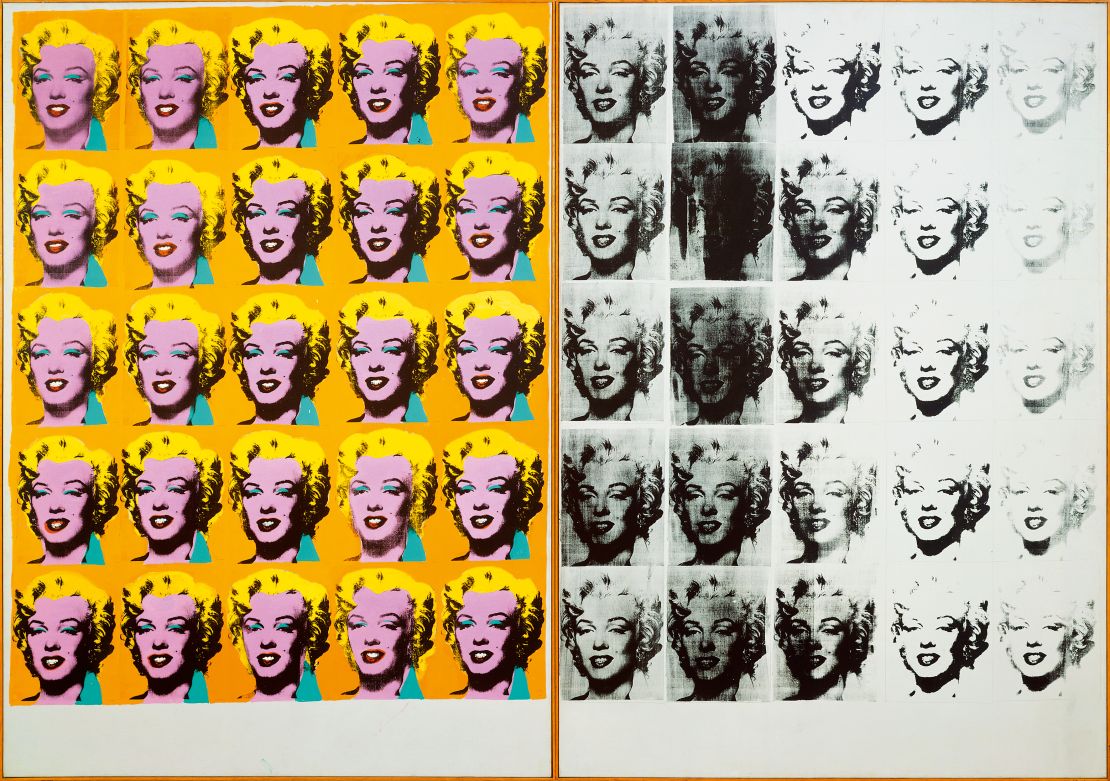
Reproducing these aspirational consumer products in his work meant that people outside of the art world could immediately connect with Warhol’s pictures. And while Warhol was not a vocal supporter of a working-class movement, Grudin says this was something the artist did intentionally.
He was “pursuing a truly universal and egalitarian art that could reproduce anything (no matter how degraded or ‘vulgar’) to anyone (no matter how disadvantaged), using any means and styles (no matter how common or mechanical).” The medium the artist popularized shores up this point: silkscreening is an inexpensive and accessible form of art.
Despite his status as one of the pioneers of Pop Art, Warhol was no fan of the term, Muir claims, which had its roots in the British art scene. Instead, he preferred the portmanteaux ‘Commonism,’ merging “common” with “Communist” and referencing the democratization of art, Muir writes in the exhibition catalogue.
Meanwhile for the wealthier classes, Warhol’s work offered the opportunity for “cultural slumming,” Grudin said. “It’s the cultural equivalent of wearing blue jeans to disguise power…. Embracing a working-class voice and pretending that it is the voice of ‘America.’”
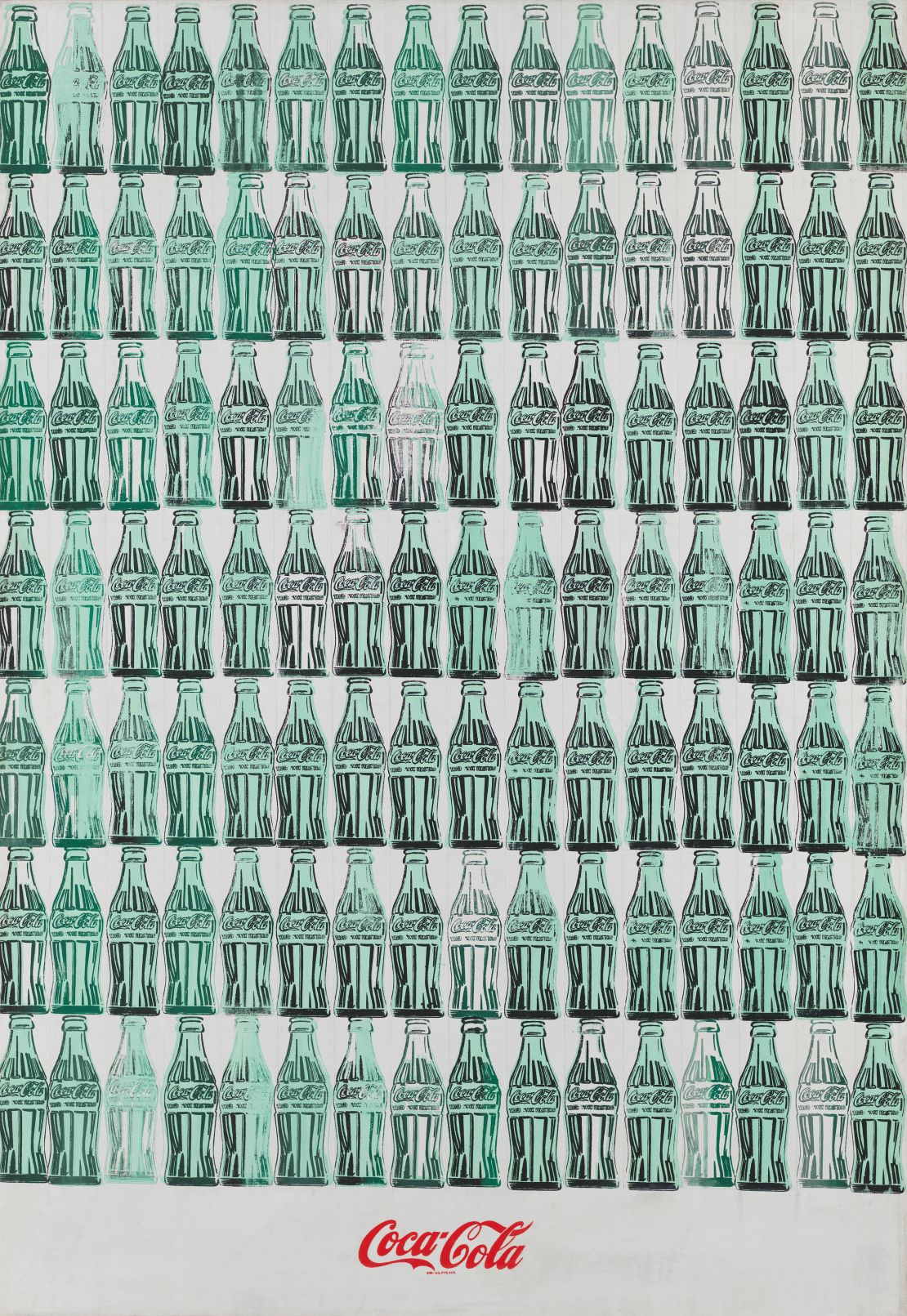
Warhol himself seemed to embody the tension between aspiration and affluence. While he had a reputation for being illiterate, he could in fact quote Shakespeare, and once had a subscription to the opera. Grudin notes that as he shaped his public persona, he “pretended to only care about bubblegum and TV and movies and pop records. He could project a different class sensibility based on what he thought, what he enjoyed, how he behaved.”
Even the way Warhol sometimes dressed, in suit jackets and jeans (a look he claims to have popularized) pointed to a melding of two worlds, high and low. Or, as he famously said: “Think rich. Look poor.”
Why forgotten?
But If Warhol’s work and persona were saturated with references to working-class culture, why is this aspect of his life rarely foregrounded?
“The coverup is almost a career move of Warhol’s,” Muir said, referring to the artist’s reputation for fabricating stories and evading truths. “I think he would have been very reluctant to talk about that throughout his life.”
But while Muir believes Warhol deliberately hid his upbringing, Grudin doesn’t think that interpretation holds true. “Although he lied frequently about his background – which year he was born, what his father did for a living, where he was born – he didn’t, to my knowledge, pretend that his background was more advantaged than it was.
“Certainly, he was a social climber,” Grudin continued. “But when he talked about his background, he was pretty clear… that his father was a working man who died from the hardship of his job, and that he was raised in poverty and that his mother sold tin-canned artworks door-to-door.”
Quoting Betty Asche Douglas, one of Warhol’s classmates at Carnegie Tech, he added: ‘Andy wore his peasant heritage like a badge of honor.’”
The real reasons for brushing Warhol’s background under the carpet might be twofold. First, as Muir suggested, “In terms of the commercial world, it’s not seen as the selling point.”
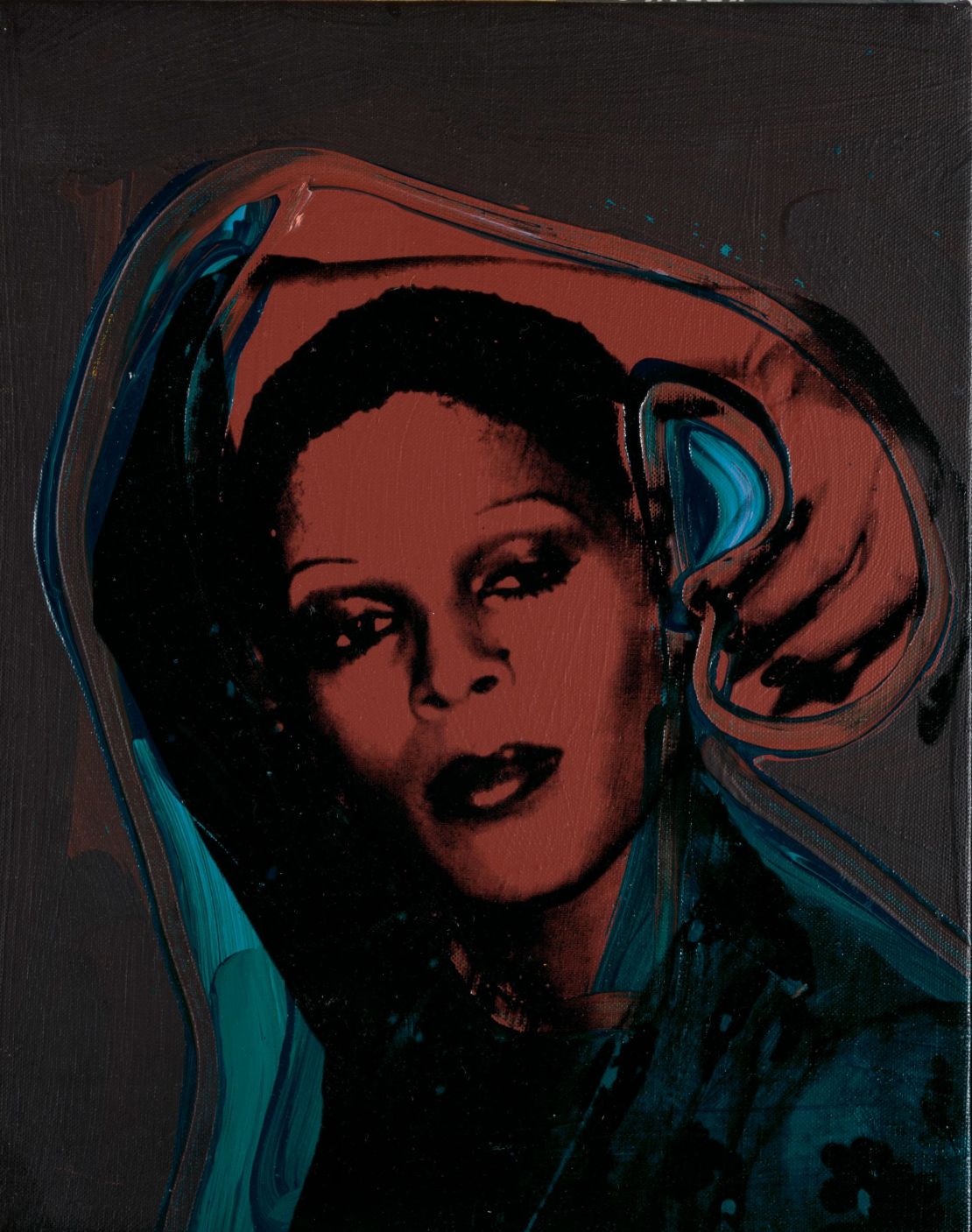
The media as well was “acutely aware of how it could edit Andy,” he said, mentioning an interview from the 1960s in which any references to queer identity made by Warhol were removed before it was printed. He added that over the years an image of Warhol as an “asexual robot” took hold.
At the same time, according to Grudin, Americans were increasingly being encouraged not to talk or think about class in any critical way, in part by advertisers who had more to gain from convincing people that buying the right products would help them achieve success. The effects of treating “class” as a dirty word still continue to this day.
“Americans hate talking about class – it’s shocking,” Grudin said. “It’s a very uncomfortable topic here and a topic that is often censored (and) treated as obsolete.”
Whitewashing Warhol
Burger King’s half-time Super Bowl ad in 2019 showed Warhol eating a burger next to the hashtag #EatlikeAndy. But this vision of him as an all-American icon is not an easy one to swallow.
Indeed, the Tate exhibition, which runs through November 15, compels visitors to understand Warhol’s work not just as a child of poverty, but at the intersections of his queer, immigrant identity, and how his lifelong fascination with death and religion influenced what he made.
His mixed-media “Death and Disaster” series features gruesome tabloid photos – from suicides to race riots – while his intimate portraits of trans women is a record of people living on the margins. His enormous 1986 painting “Sixty Last Suppers,” of Jesus and his disciples, hints at Warhol’s upbringing in the Ruthenian Greek Catholic Church, and the fact that even after he moved to New York Warhol regularly attended mass.
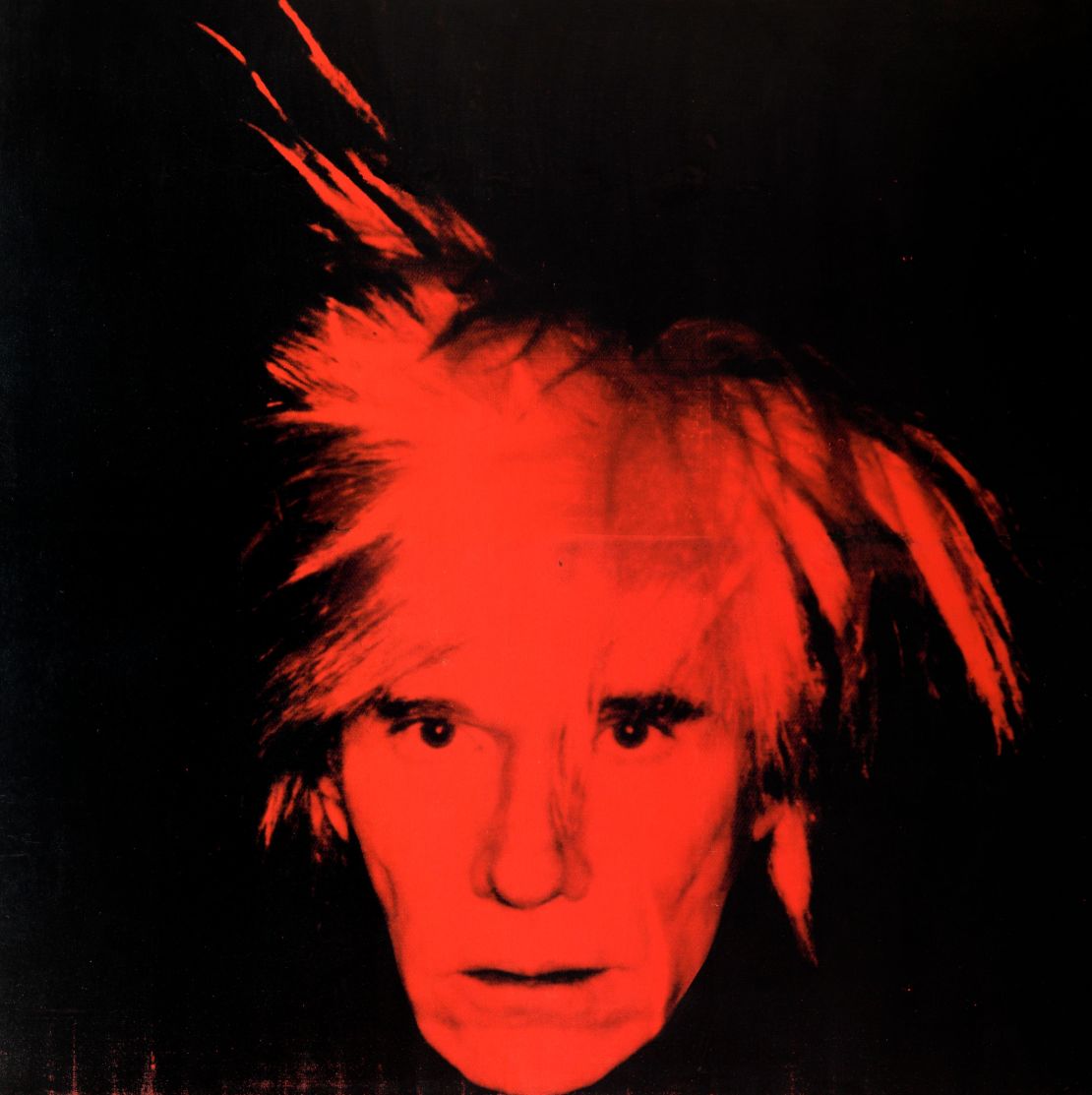
Muir believes that the controlled image of Warhol is only just starting to fall away in favor of a more nuanced view of his life and work. “We can start to talk about Warhol in new ways, and in ways in which were largely ignored at the time,” he said.
Is there a certain irony that what makes Warhol’s art so relatable – the fact that he was tapping into his experiences of aspiration and want – is also the part of his life that has been so routinely whitewashed? “Absolutely,” Grudin said. “It’s deeply ironic, and I think whitewashing is a great way to describe it.”
“Andy Warhol” is on at Tate Modern until November 15, 2020. Top image: The Warhola family 1946-47.



